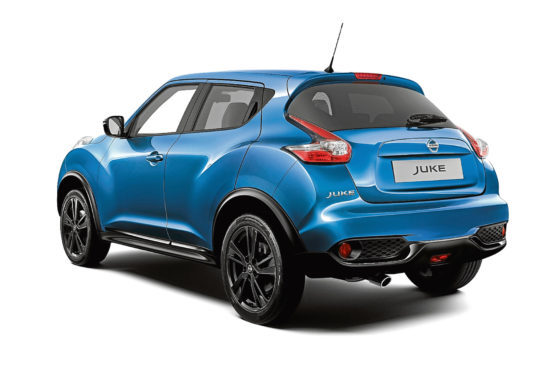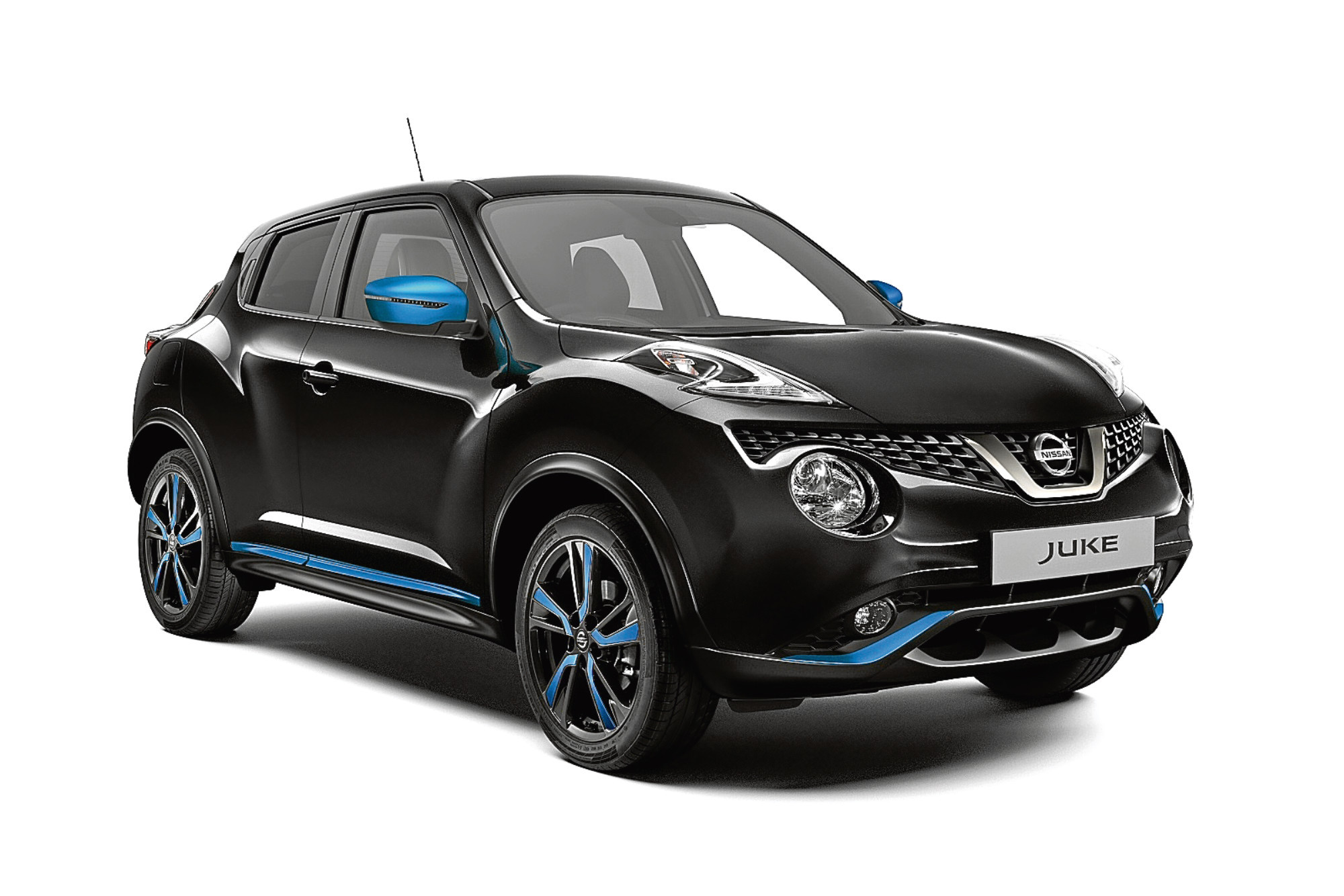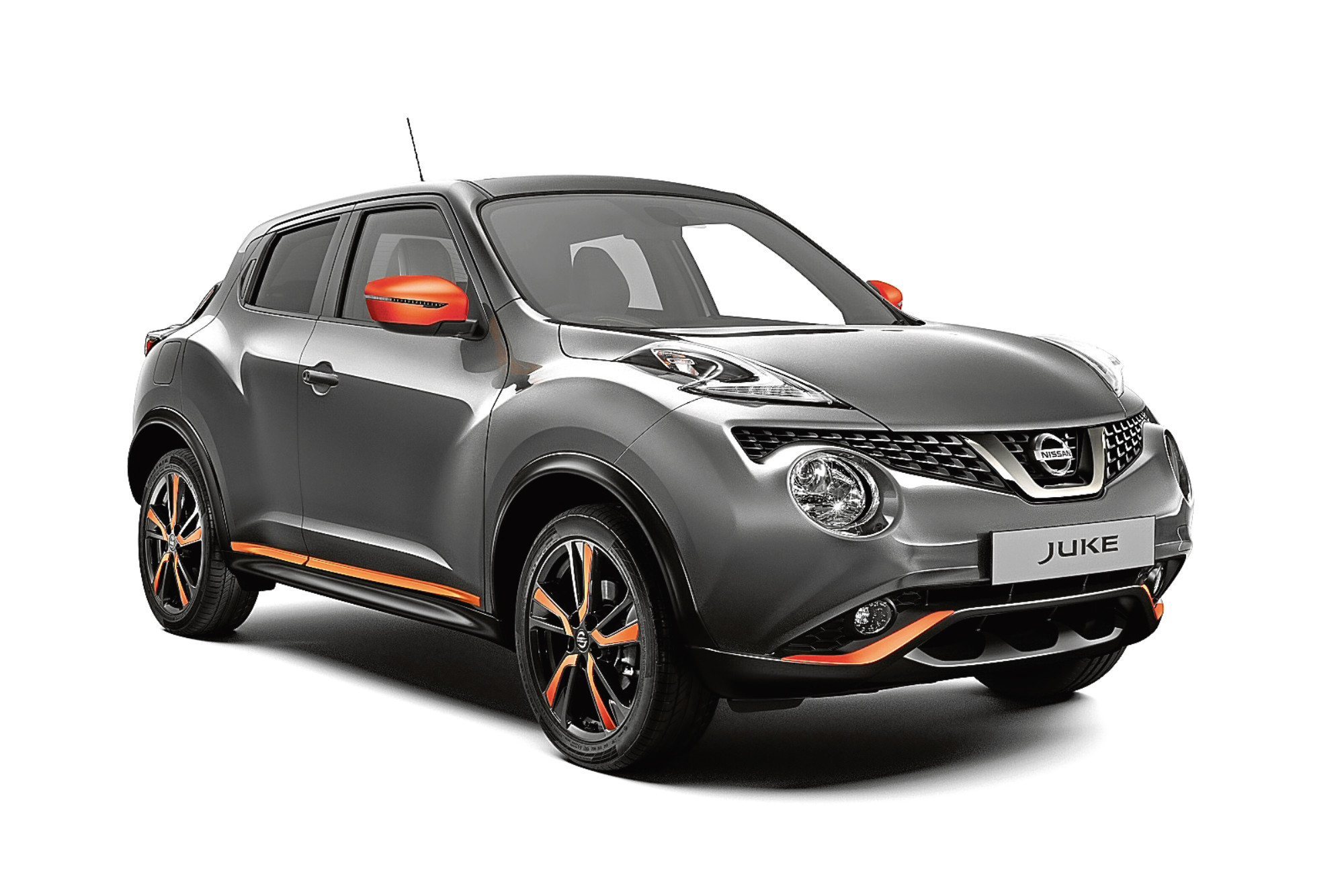By most accepted rules of vehicle marketing, this shouldn’t happen. For a car with as divisive a look as the Nissan Juke to rack up such huge sales would suggest that those who love it really love it.
The usual template is for the big sellers in a range to be conservatively-styled while the niche models on the periphery are ones that car manufacturers can afford to take the odd risk with.
Perhaps the Juke was originally destined to be an outlier, but went mainstream in a big way.
Whatever, it’s here, it’s hard to ignore and it’s been updated to keep buyers interested.
What is most amazing about the Juke is that a company the size of Nissan could build it.
The usual procedure is for a maverick designer to come up with just such a concept only for octogenarian company heads to shelve it, for customer clinics to reject it or for marketing pressure to water it down.
Somehow the Juke survived all of these potential trapdoors and remains singularly the most distinctive family car on sale today.
There’s no change beneath the bonnet, so as before, the range kicks off with an old-tech 94bhp petrol 1.6-litre unit that most buyers rightly ignore, which slots in below the 115bhp 1.2 DIG-T petrol unit that the majority want.
Despite its modest size, this 1,197cc turbo four packs a real punch, offering much sharper acceleration and greater torque (140lb/ft) than the base unit.
Unfortunately though, you can’t have a 1.2-litre DIG-T Juke with auto transmission: at the foot of the range, you’ll need the base 1.6-litre variant for that.
Need a diesel engine? Well there’s also a 108bhp 1.5-litre dCi diesel if you want it.
At the top of the range, a minority-interest 1.6 DIG-T turbo petrol unit produces 187bhp and is available in both front and all-wheel drive versions.
Go for an all-wheel drive variant and you have the option to specify the Xtronic auto transmission gearbox we mentioned earlier, which further improves fuel efficiency and acceleration.
The Juke’s elevated stance but diminutive overall length doesn’t promise a stellar driving experience but within a few yards, you’ll realise that this is a fun car to hustle about.
Nissan Dynamic Control helps here; an advanced driver control system giving the choice of three different driving modes, Normal, Sport or Eco, along with instant driving information and vehicle setting controls.
The torque vectoring system on the all-wheel drive model incorporates technology that Nissan initially used to devastating effect on their GT-R supercar-slayer.
And yes, the Juke does still look like either something dredged up from the abyssal depths of the ocean or a fun, friendly and futuristic little runabout, depending on your perspective.
Whichever camp you’re in, you have to hand it to Nissan for not losing its resolve and watering this design down.
Changes made to this revised model include a more striking dark chrome V-motion grille, dark headlamp trimming and dark turn indicators on the door mirrors.
Juke pricing starts at about £15,000 but that only gets you the rather slow and inefficient base petrol 1.6-litre variant. If budget permits, it’s better to see around £16,000 as a realistic price starting point, the sum necessary to get the least expensive 1.2-litre DIG-T variant. You’ll need at least around £17,000 for the least expensive diesel variant.
These are very competitive prices by small SUV standards. And it’s not as if the Juke is lacking in equipment either.
Four grades are now on offer – Visia, Acenta, BOSE Personal Edition and Tekna.
Every Nissan Juke comes with air-conditioning, electrically adjusting door mirrors, front and rear power windows, LED daytime running lights and a CD audio unit with aux port as standard. Acenta grade adds the driving modes of the Nissan Dynamic Control System, plus front fog lamps, cruise control with a speed limiter, automatic air-conditioning, privacy glass, a USB port and Bluetooth connectivity.
The updated Juke is looking to retain its predecessor’s reputation as being inexpensive to run.
The 1.2-litre turbo petrol engine makes good use of its lower weight, standard automatic stop/start feature and fuel-efficient operation, delivering 128g/km of CO2 and returning a combined fuel consumption figure of 49.6mpg.
The 1.6-litre DIG-T petrol unit features emissions of 139g/km of CO2 for the 2WD versions.
Due in no small part to its distinctive personality, residual values have been a few points beefier than in many typical superminis. CAP Monitor quotes residual values of between 52 and 54% after three years/60,000 miles, even outstripping the Mini hatchback by a good few points.
You probably know the guy who complains that all new cars look the same but has nothing good to say when Nissan brings out something different and fresh. Don’t be that guy.
The Juke has deservedly carved itself a lucrative niche for itself with an inexpensive vehicle that drives well, is cheap to run and which isn’t afraid to assert its own personality.
The latest changes don’t alter that fundamental appeal but smartening the front end and adding more equipment certainly isn’t going to do the Juke’s prospects any harm.
The Juke was already an extreme-looking thing and going overboard with styling updates would have smacked of trying too hard. As it stands, it’ll continue to be the car that none of its rivals have come close to answering.
Model: Nissan Juke
Price: From £15,000
Engine: 1.2-litre DIG-T petrol producing 115bhp
Economy: 49.6mpg
CO2 Emissions: 128g/km


